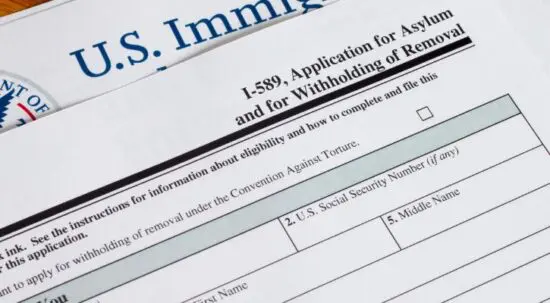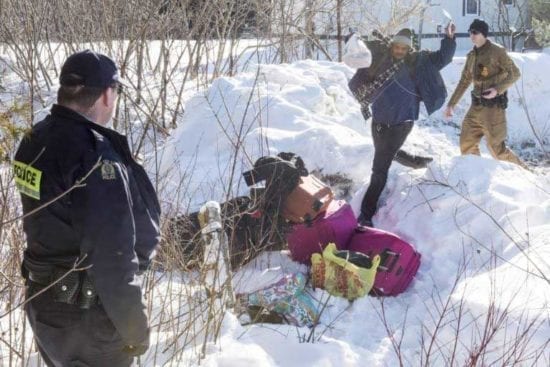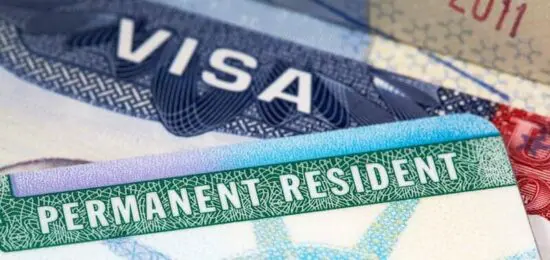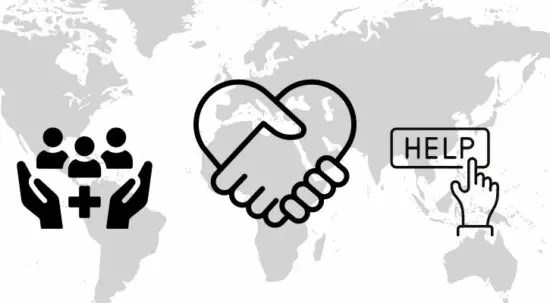ما هو لجوء الاسايلم؟
لجوء الاسايلم هو شكل من أشكال الحماية التي تسمح لك بالبقاء في الولايات المتحدة الأمريكية إذا تعرضت للاضطهاد أو الخوف من الاضطهاد في بلدك الأصلي بسبب عرقك أو دينك أو جنسيتك أو عضويتك في مجموعة اجتماعية معينة أو آرائك السياسية.
إذا كنت بالفعل في الولايات المتحدة الأمريكية، فيجب عليك التقديم على اللائحة في غضون عام واحد من دخولك إلى الولايات المتحدة الأمريكية. إذا كنت قد تقدمت بطلبك منذ أكثر من عام ولم تقدم طلبًا، فتحدث إلى محامٍ في أقرب وقت ممكن لمعرفة ما إذا كنت مؤهلاً للاستثناء من الموعد النهائي.
هل يمكنني طلب اللجوء على الحدود بين الولايات المتحدة والمكسيك؟
جعلت الأوامر التنفيذية الأخيرة عبور الحدود بين الولايات المتحدة والمكسيك وطلب اللجوء على الحدود أكثر صعوبة. لا يزال لديك الحق القانوني في طلب اللجوء. ومع ذلك، أعلنت الحكومة الأمريكية حالة الطوارئ الوطنية على الحدود. وهذا يعني قواعد أكثر صرامة وتطبيقاً أكثر صرامة.
- يتم إبعاد الأشخاص الذين يتم ضبطهم وهم يعبرون الحدود على الفور. إذا عبرت الحدود دون إذن، فقد يتم إعادتك على الفور دون أي فرصة لطلب اللجوء أو أي حماية أخرى.
- يتم إرجاع الأشخاص في منافذ العبور. إذا حاولت تقديم نفسك في منفذ العبور الرسمي، فمن المحتمل أن يتم رفضك.
- لم يَعُد تطبيق CBP One متاحًا. لم يَعُد بإمكانك استخدام تطبيق CPB One لتحديد موعد للتقديم عند أحد منافذ الدخول لطلب اللجوء. تم إلغاء جميع المواعيد الحالية.
- تم إلغاء الإفراج المشروط عبر CBP One. إذا دخلت الولايات المتحدة باستخدام تطبيق CBP One، فقد تنتهي فترة الإفراج المشروط الخاصة بك في وقت أقرب. تلقى العديد من الأشخاص إشعارات من وزارة الأمن الداخلي (DHS) تُفيد بأن الإفراج المشروط الخاص بهم سينتهي وتطلب منهم مغادرة الولايات المتحدة. إذا كنت من المتأثرين بهذا، فتواصَل مع محامي هجرة في أقرب وقت ممكن. قد لا يزال بإمكانك التقديم على اللجوء أو الحصول على نوع آخر من الإعفاءات الأخرى.
- زيادة الإنفاذ العسكري والحدودي. أعلنت الولايات المتحدة حالة طوارئ وطنية على الحدود الجنوبية للولايات المتحدة. عليك أن تتوقع زيادة في الاحتجاز، واستخدام القوة، والوجود العسكري، وتوسيع بناء الجدار، وأدوات المراقبة مثل الطائرات بدون طيار على الحدود.
- البقاء في المكسيك (MPP) متوقف مؤقتًا. أدى حكم قضائي إلى إيقاف هذا الشرط لبعض الأشخاص الذين يسعون للحصول على اللجوء على الحدود الجنوبية بالبقاء في المكسيك في أثناء انتظارهم الفصل في قضاياهم لدى محكمة الهجرة الأمريكية.
- قد يعود الأمر القانوني 42. قد تعيد الولايات المتحدة العمل بالأمر القانوني 42، وهي سياسة الصحة العامة التي تسمح للحكومة بطرد الأشخاص بسرعة على الحدود دون معالجة طلبات اللجوء.
| إذا احتجزك ضباط الهجرة وكنت خائفاً من العودة إلى بلدك، قل "أنا خائف من العودة إلى بلدي" بأوضح وأرفع صوت ممكن. كرر ذلك كلما استطعت. |
العثور على المساعدة
عملية اللجوء معقدة للغاية. من المهم مراجعة خياراتك للحصول على المساعدة القانونية. تقدم العديد من المنظمات والمحامين خدمات قانونية مجانية أو منخفضة التكلفة والدعم القانوني. بعضها مذكور أدناه.
لديك فرصة أفضل في الحصول على اللجوء بمساعدة محامٍ أو ممثل قانوني معتمد. يمكنهم مساعدتك في استكمال طلبك والتحضير للمقابلة أو جلسة الاستماع.
- هل تحتاج إلى مساعدة قانونية؟ تعرّف على كيفية العثور على الدعم.
- طلب اللجوء؟ انضم إلى Asylum Seeker Advocacy Project.
- محتجز أو تعرف شخصًا محتجزًا؟
- اتصل بالخط الساخن لاحتجاز المهاجرين على الرقم 3733-757-209 أو الخطوط الساخنة الأخرى المفيدة
- تعرّف على حقوقك مع إدارة الهجرة والجمارك والجمارك وحماية الحدود الأمريكية
- معرفة ما يمكن توقعه في الاحتجاز
المنظمات المحلية التي تساعد الناس بالقرب من الحدود
مع سياسات الهجرة الأكثر صرامة، تم إغلاق المنظمات غير الربحية والملاجئ. قد لا تكون هذه القائمة دقيقة تماماً.
أريزونا
Florence Immigrant & Refugee Rights
لجنة الإنقاذ الدولية
مبادرة كينو بلا حدود
كاليفورنيا
Al Otro Lado
ملائكة الحدود
لطف الحدود
إيمدف
خدمة الأسرة اليهودية
نيو مكسيكو
Catholic Charities
تكساس
Annunciation House
Good Neighbor Settlement House
مركز لاس أمريكانا لمناصرة المهاجرين
بروبار
تكساس ريوغراندي للمساعدة القانونية
إذا كنت تبحث عن الدعم خارج الولايات المتحدة الأمريكية، فتعرف على مكان العثور على المساعدة الدولية.
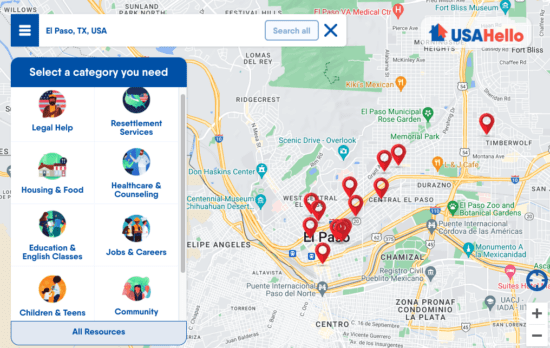
المعلومات الواردة في هذه الصفحة مستقاة من DHS, non-profit organizations working at the border, ومصادر أخرى موثوقة. نهدف إلى تقديم معلومات سهلة الفهم يتم تحديثها بانتظام. هذه المعلومات ليست نصيحة قانونية.
